Indian students contribute nearly $10 billion annually to the U.S. economy, supporting an estimated 93,000 American jobs. From Students to Benefactors; Indian American philanthropy strengthening higher education across the United States
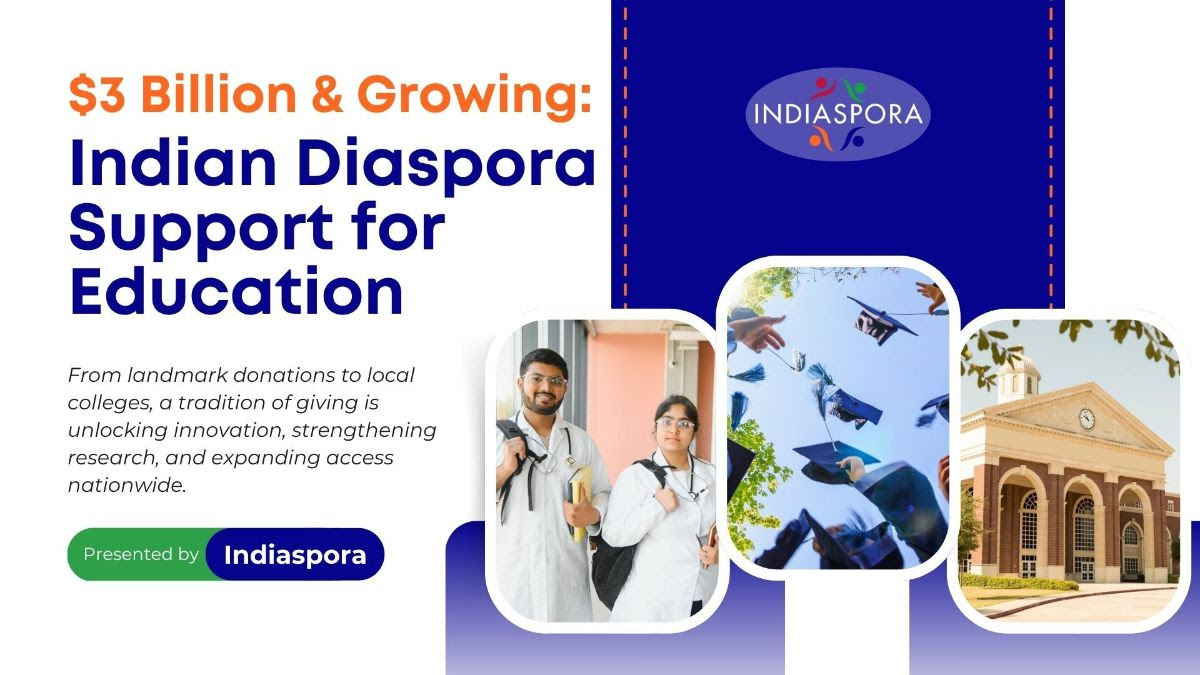
FinTech BizNews Service
Mumbai, October 4, 2025: For years, Indiaspora has examined the far-reaching impact of Indian Americans in the United States, most recently highlighted in the 2024 Impact Report produced in collaboration with the Boston Consulting Group. Building on that work, Indiaspora has taken a closer look at the vital role Indian American philanthropy plays in strengthening higher education across the United States.
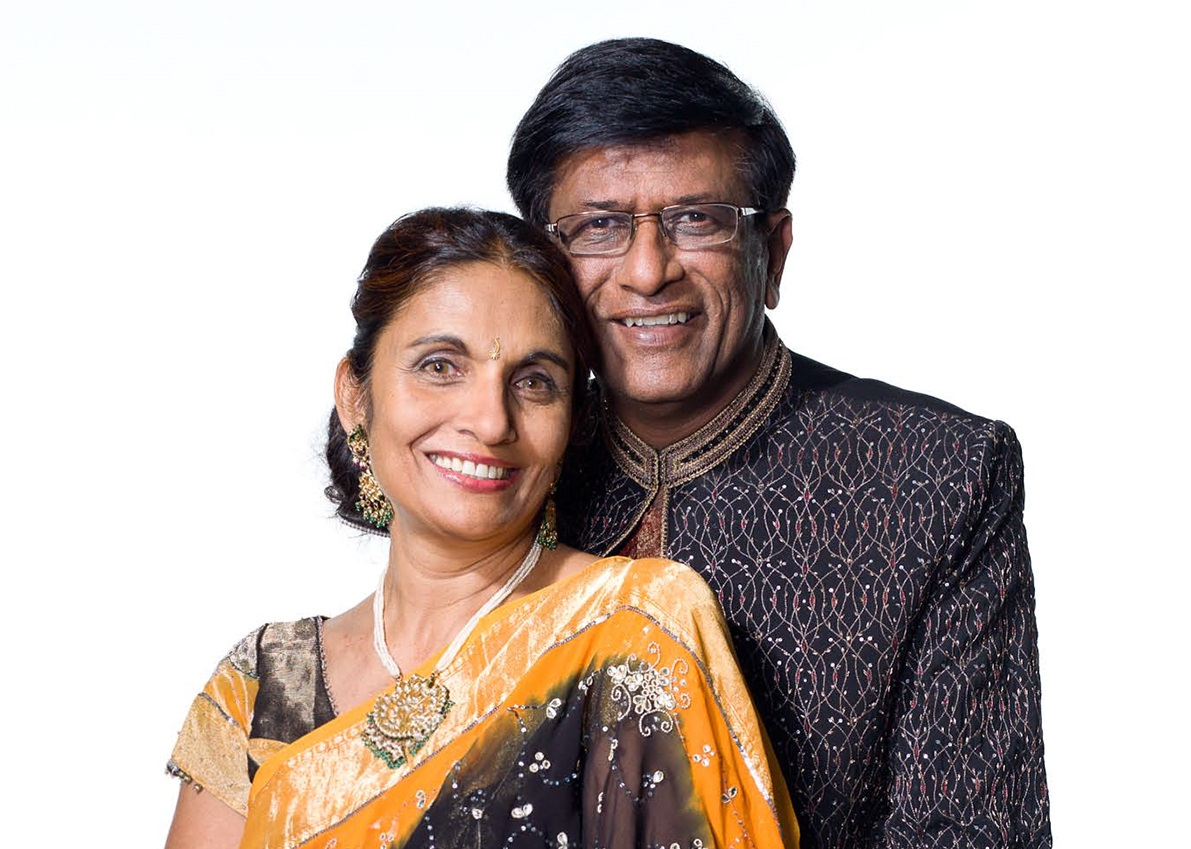
Kiran and Pallavi Patel
New Research conducted by Indiaspora, reveals a powerful pattern: Indian Americans, many of whom credit their undergraduate and graduate experiences at U.S. universities as the foundation of their professional success, are giving back in transformative ways. Through landmark donations to higher education institutions across the country, the Indian American community is not only honoring the institutions that shaped their lives but also ensuring future generations have access to the same opportunities for learning, innovation, and leadership development.
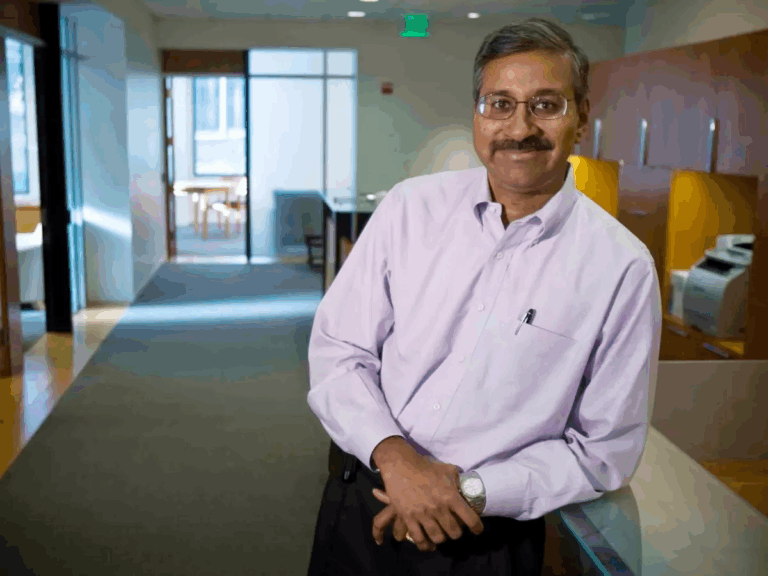
Ram Shriram
Indian Americans have emerged as a transformative force in American higher education, demonstrating exceptional educational achievement and making substantial contributions across multiple dimensions. Notable findings from our research include:
Beyond their academic contributions, Indian Americans are backing up their commitment to education with their own financial resources in order to serve the educational institutions and infrastructure that strengthen our future. Indian Americans have donating over $3 billion since 2008. This creates what researchers describe as a “flywheel effect,” where educational achievement, innovation, and philanthropic investment continuously reinforce each other, generating technological advances and economic benefits that strengthen both American and Indian educational ecosystems.It is inspiring to see that many donors are alumni who had transformative experiences and now wish to give back. Of all philanthropic investments, education offers perhaps the most meaningful legacy—one that multiplies exponentially as each educated individual goes on to educate, innovate, and uplift others. Through their generosity, they honor the institutions that shaped their careers and lives. Major contributions enable these leaders to support future generations while leaving a meaningful legacy that touches individuals, families, and society at large.
It is inspiring to see that many donors are alumni who had transformative experiences and now wish to give back. Of all philanthropic investments, education offers perhaps the most meaningful legacy—one that multiplies exponentially as each educated individual goes on to educate, innovate, and uplift others. Through their generosity, they honor the institutions that shaped their careers and lives. Major contributions enable these leaders to support future generations while leaving a meaningful legacy that touches individuals, families, and society at large.
Medical and health sciences dominate the portfolio, capturing 46% of total giving. The medical focus is particularly pronounced, with eight gifts exceeding $10 million directed toward health sciences infrastructure, research centers, and medical schools. Dr. Kiran and Pallavi Patel have emerged as leading philanthropists in Florida, making substantial contributions that have reshaped medical education in the state.
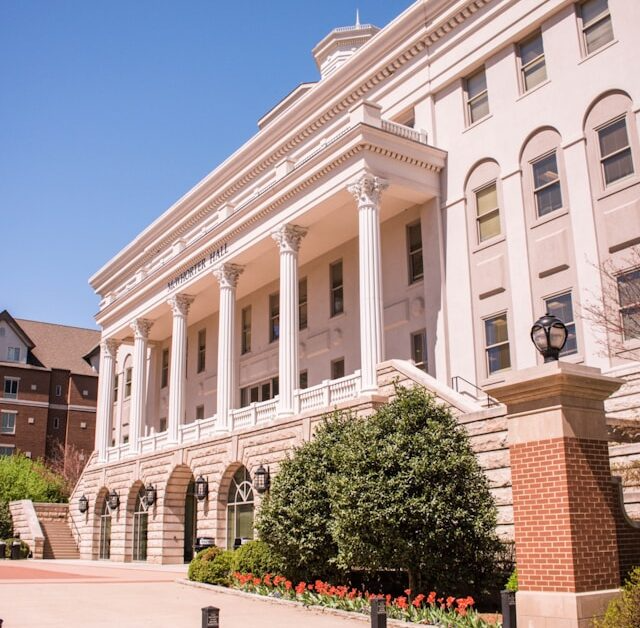
Engineering and technology programs receive 31% of contributions, including a $100 million dollar donation from Chandrika and Ranjan Tandon to New York University to the School of Engineering. Indian American entrepreneur and philanthropist Desh Deshpande established a philanthropic benchmark in 2002 when he donated $20 million to MIT to create the Center for Technological Innovation, setting an inspiring example for future donors.
Business education is another sector in which Indian American donors have made substantial strategic investments, contributing over $100 million to business schools and management programs nationwide. Leading this transformation is Indra Nooyi’s landmark gift to the Yale School of Management, which stands as one of the largest business school donations in recent history. These donations collectively demonstrate Indian American business leaders’ commitment to strengthening management education infrastructure, creating lasting impact on American business leadership development from coast to coast.
The sector donations reflect the professional backgrounds of donors, creating a self-reinforcing cycle where successful professionals fund the academic disciplines that enabled their success. This pattern suggests Indian-American philanthropy is solving specific workforce and research capacity challenges in healthcare.
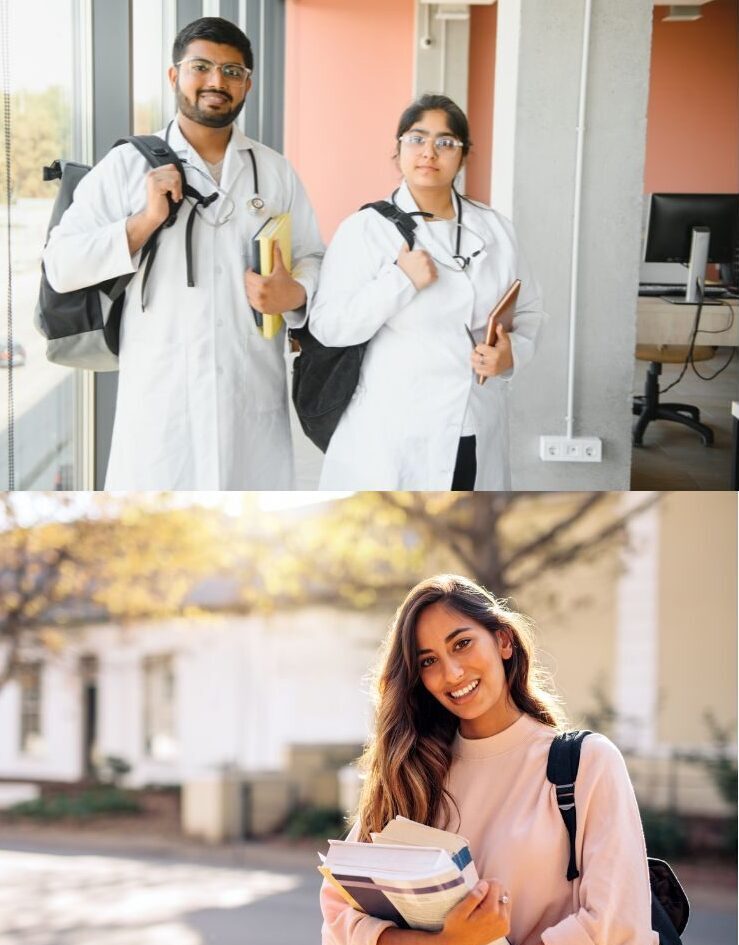
Geographic giving- Florida institutions receive the highest concentration of gifts, capturing 38% of total contributions. California followed with 13%. The University of California system alone has received over $80 million from Indian-American donors, while Stanford has attracted a long list of Indian American donors including Ram Shriram whose donations helped create the Shriram Center for Bioengineering and Chemical Engineering, for research. East Coast universities, particularly Ivy League institutions, account for another 9% of giving. Yet substantial philanthropic impact is emerging across the Midwest and South, exemplified by major donors like Monte Ahuja, who has championed Ohio universities, and Satish & Yasmin Gupta, whose generosity has benefited institutions throughout Texas. However donations by Indian Americans extend to institutions all across the country- from America’s most celebrated universities, to community colleges and city universities.
Notably, small education university contributions rarely receive widespread media coverage, and many Indian Americans who make private donations to colleges and universities remain unrecognized in public discourse. As such, the contributions highlighted here represent those that were particularly significant to their respective institutions and surrounding communities, offering just a glimpse of the broader philanthropic engagement taking place.
Cultural programming also emerged as a meaningful priority, with over 12% of gifts—totaling more than $140 million—directed toward South Asian, Hindu, or Indian studies, underscoring donors’ desire to preserve and promote cultural legacies in addition to advancing professional fields. The community is providing support to both public and private universities, indicating deliberate expansion beyond traditional coastal academic centers. Indiaspora is particularly grateful to see substantial contributions from our members to education institutions, including Sumir Chadha, Chandrika Tandon, Deepak Raj, Niraj Shah, Raj Gupta & Venky Harinarayan.
These ongoing investments in educational institutions reflect a deep commitment to strengthening the foundations of American higher education and, by extension, contributing to the advancement of our society as a whole. We hope this tradition of educational philanthropy by the Indian American community will continue to flourish, helping universities fulfill their vital mission of educating future leaders and advancing knowledge for the benefit of all.